-
 Bitcoin
Bitcoin $117900
-0.06% -
 Ethereum
Ethereum $3598
1.67% -
 XRP
XRP $3.433
0.63% -
 Tether USDt
Tether USDt $1.000
-0.02% -
 BNB
BNB $733.2
0.65% -
 Solana
Solana $176.9
-0.25% -
 USDC
USDC $0.9999
0.00% -
 Dogecoin
Dogecoin $0.2417
2.67% -
 TRON
TRON $0.3178
-2.25% -
 Cardano
Cardano $0.8310
2.11% -
 Hyperliquid
Hyperliquid $44.43
0.23% -
 Stellar
Stellar $0.4628
1.17% -
 Sui
Sui $3.852
2.09% -
 Chainlink
Chainlink $18.48
4.01% -
 Hedera
Hedera $0.2684
3.59% -
 Avalanche
Avalanche $24.57
4.87% -
 Bitcoin Cash
Bitcoin Cash $513.5
-0.02% -
 Shiba Inu
Shiba Inu $0.00001492
1.99% -
 Litecoin
Litecoin $113.2
11.61% -
 UNUS SED LEO
UNUS SED LEO $8.980
0.12% -
 Toncoin
Toncoin $3.211
0.51% -
 Polkadot
Polkadot $4.406
4.64% -
 Uniswap
Uniswap $10.16
0.26% -
 Monero
Monero $323.1
1.04% -
 Ethena USDe
Ethena USDe $1.001
-0.02% -
 Bitget Token
Bitget Token $4.936
1.21% -
 Pepe
Pepe $0.00001346
3.98% -
 Dai
Dai $1.000
-0.01% -
 Aave
Aave $318.9
-1.42% -
 Cronos
Cronos $0.1211
2.74%
What are the best blockchains for NFTs besides Ethereum?
Alternative blockchains like Binance Smart Chain, Solana, and Polygon offer faster, cheaper NFT creation and trading, challenging Ethereum’s dominance with unique features and improved scalability.
Jul 19, 2025 at 06:43 pm
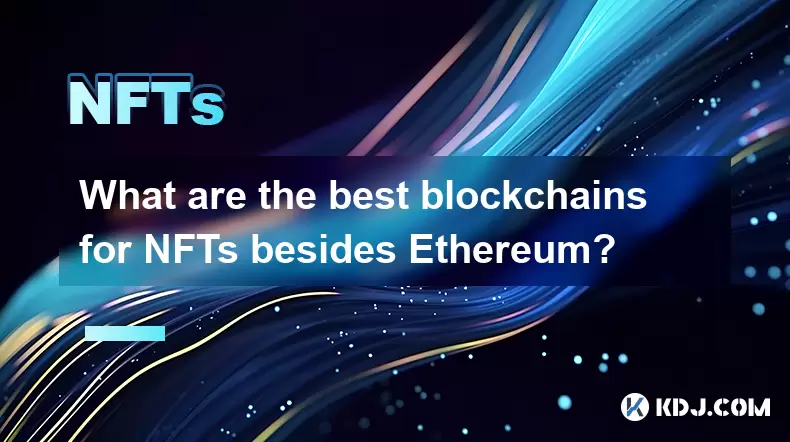
Introduction to Alternative Blockchains for NFTs
With the rise of non-fungible tokens (NFTs), Ethereum has long been the dominant platform for creating and trading digital collectibles. However, high gas fees, network congestion, and scalability concerns have led developers and users to explore other blockchains that offer more efficient, cost-effective environments for NFTs. These alternative chains bring unique features such as faster transactions, lower costs, and specialized tools for creators.
Ethereum remains popular due to its robust ecosystem and established marketplaces, but other blockchains are gaining traction by addressing some of Ethereum’s limitations.
Binance Smart Chain: A Cost-Effective Option
Binance Smart Chain (BSC) is one of the most widely used alternatives to Ethereum for NFTs. It offers compatibility with Ethereum’s tools and smart contracts while significantly reducing transaction costs.
To create or trade NFTs on Binance Smart Chain:
- Set up a compatible wallet like Trust Wallet or MetaMask
- Add BSC network settings in your wallet
- Obtain BNB (Binance Coin) for gas fees
- Use NFT marketplaces like BakerySwap or Treasureland
The low gas fees make BSC an attractive choice for artists and collectors who want to avoid Ethereum's high costs. Additionally, BSC supports rapid transaction confirmations, which enhances user experience during minting and trading activities.
Solana: High-Speed Blockchain for Scalable NFT Projects
Solana has emerged as a strong contender in the NFT space due to its extremely fast transaction speeds and low fees. Its high throughput makes it ideal for large-scale NFT drops and real-time applications.
Creating NFTs on Solana involves:
- Installing Phantom wallet or another Solana-compatible wallet
- Purchasing SOL tokens to cover minting and transaction fees
- Using platforms like Metaplex or Magic Eden for minting and listing
Solana’s average transaction fee is less than $0.01, and it can process over 50,000 transactions per second. This performance level attracts both independent creators and enterprises looking to launch NFT-based games or metaverse experiences without compromising speed or cost efficiency.
Polygon: Ethereum-Compatible Layer 2 Solution
Polygon is not a standalone blockchain but rather a Layer 2 scaling solution built on top of Ethereum. It retains Ethereum’s security and composability while drastically improving transaction speed and lowering costs.
Steps to engage with NFTs on Polygon include:
- Configuring MetaMask to interact with Polygon
- Transferring ETH or using a bridge to get MATIC (Polygon’s native token)
- Accessing Polygon-enabled marketplaces like OpenSea or Rarible
Polygon provides a seamless transition for users already familiar with Ethereum, allowing them to enjoy reduced gas fees and near-instant transactions. It also supports various decentralized applications (dApps) focused on NFT creation, gaming, and virtual worlds.
Tezos: Environmentally Friendly Choice for Sustainable NFTs
As environmental concerns around blockchain energy consumption grow, Tezos stands out for its energy-efficient proof-of-stake consensus mechanism. This makes it a preferred option for eco-conscious creators and collectors.
Minting NFTs on Tezos typically requires:
- Setting up a wallet like Temple or Kukai
- Acquiring XTZ (Tezos’ native cryptocurrency)
- Using platforms like Objkt.com or fx(hash) for minting and trading
Tezos consumes minimal energy compared to proof-of-work blockchains, making it suitable for artists and brands that prioritize sustainability. The platform also supports dynamic NFTs and interactive digital art through its smart contract capabilities.
Flow Blockchain: Designed for Entertainment and Gaming
Flow was specifically developed by Dapper Labs — the creators of CryptoKitties — to support large-scale applications such as NBA Top Shot and Ubisoft’s game projects. Its architecture balances decentralization with high performance.
Steps to participate in Flow NFT ecosystems:
- Downloading a Flow wallet like Blocto or Dapper Wallet
- Purchasing FLOW tokens for gas and transactions
- Engaging with platforms like VIV3 or AtomicMarket
Flow’s design allows for high throughput without sharding, enabling smooth user experiences even during mass participation events. It is particularly well-suited for gaming, sports collectibles, and entertainment-related NFT projects that require scalability and interactivity.
Frequently Asked Questions
Q: Which blockchain is best for beginners looking to create NFTs?
A: Binance Smart Chain and Polygon are often recommended for beginners due to their Ethereum compatibility, low fees, and user-friendly interfaces.
Q: Are NFTs on alternative blockchains less secure than those on Ethereum?
A: Security varies by chain. While Ethereum has the largest developer community and longest track record, many alternative blockchains employ robust consensus mechanisms and active development teams to ensure safety.
Q: Can I transfer my NFTs from one blockchain to another?
A: Direct transfers between blockchains are not possible without using bridges or wrapped tokens. Each NFT is tied to the blockchain it was minted on.
Q: Do alternative blockchains have fewer buyers and sellers compared to Ethereum?
A: Some alternative blockchains have smaller communities and lower liquidity, but this is changing rapidly as new marketplaces and user bases grow.
Disclaimer:info@kdj.com
The information provided is not trading advice. kdj.com does not assume any responsibility for any investments made based on the information provided in this article. Cryptocurrencies are highly volatile and it is highly recommended that you invest with caution after thorough research!
If you believe that the content used on this website infringes your copyright, please contact us immediately (info@kdj.com) and we will delete it promptly.
- XRP Mining, the GENIUS Act, and Coin Holders: A New Era?
- 2025-07-20 06:30:12
- Arctic Pablo Coin: Navigating the Icebound Estates Presale and Token Burn Strategy
- 2025-07-20 06:30:12
- Arctic Pablo Coin's Myth-Themed Presale: Icebound Estates and Beyond!
- 2025-07-20 06:50:12
- Snorter Token's Presale Success: Riding the GENIUS Act Wave in the Crypto World
- 2025-07-20 06:50:12
- PENGU Token's Breakout Momentum: Riding the Wave in a Bearish Market
- 2025-07-20 07:10:12
- Crypto's 100x Hunt in 2025: Beyond the Hype
- 2025-07-20 07:10:12
Related knowledge
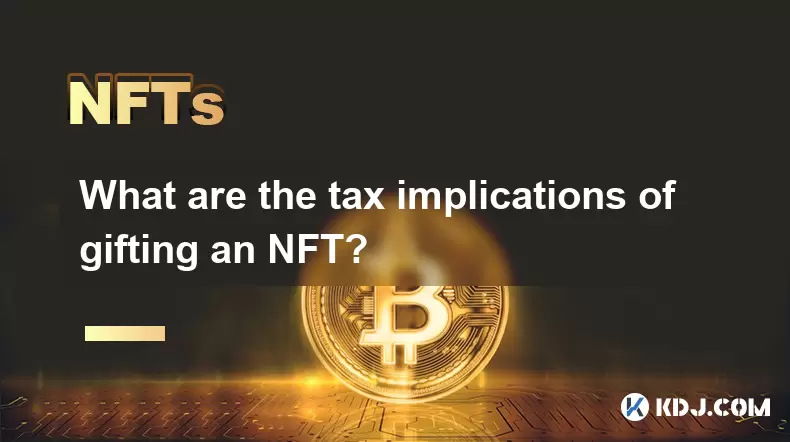
What are the tax implications of gifting an NFT?
Jul 19,2025 at 04:21am
Understanding the Basics of NFT GiftingGifting a Non-Fungible Token (NFT) involves transferring ownership from one individual to another without recei...
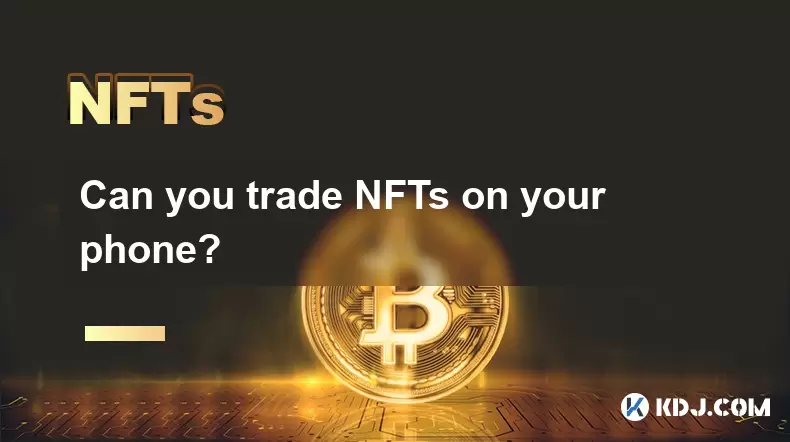
Can you trade NFTs on your phone?
Jul 18,2025 at 04:29am
Trading NFTs on Mobile DevicesYes, you can trade NFTs on your phone, and the process has become increasingly streamlined thanks to a variety of mobile...
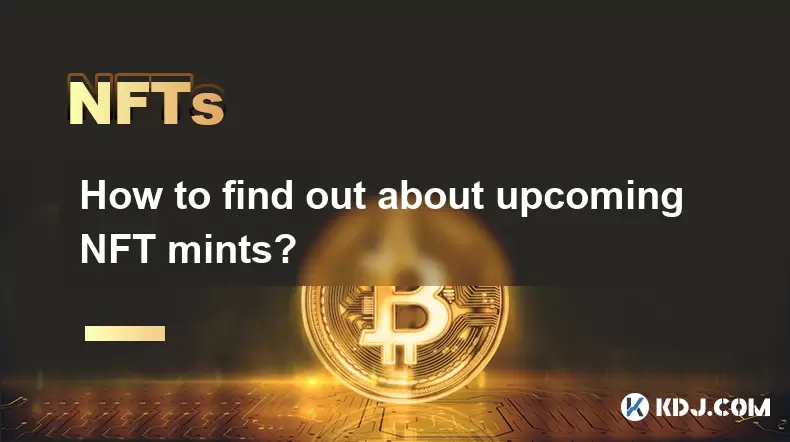
How to find out about upcoming NFT mints?
Jul 18,2025 at 11:50am
Exploring NFT Minting OpportunitiesUnderstanding the landscape of upcoming NFT mints is crucial for collectors, investors, and creators who wish to st...
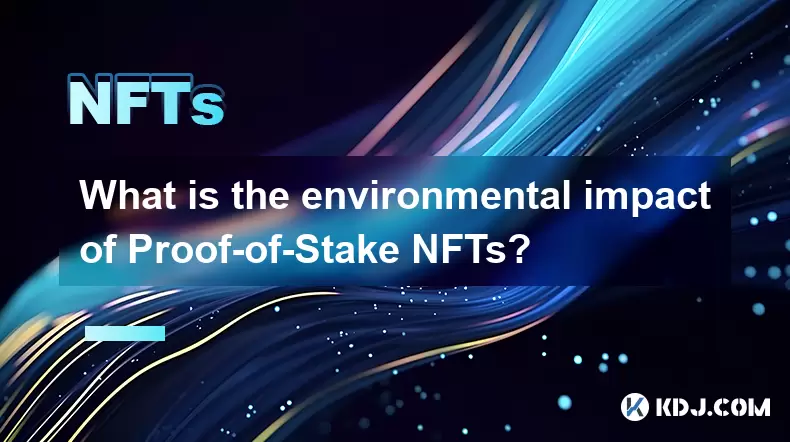
What is the environmental impact of Proof-of-Stake NFTs?
Jul 17,2025 at 07:14pm
Understanding the Basics of Proof-of-Stake NFTsProof-of-Stake (PoS) is a consensus mechanism used by blockchain networks to validate transactions and ...
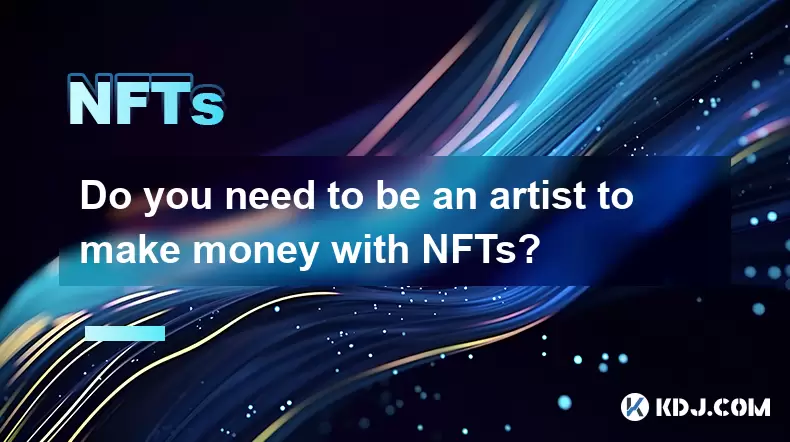
Do you need to be an artist to make money with NFTs?
Jul 19,2025 at 06:35am
Understanding the Role of Art in NFTsThe non-fungible token (NFT) market has grown rapidly, offering various opportunities for creators and investors....
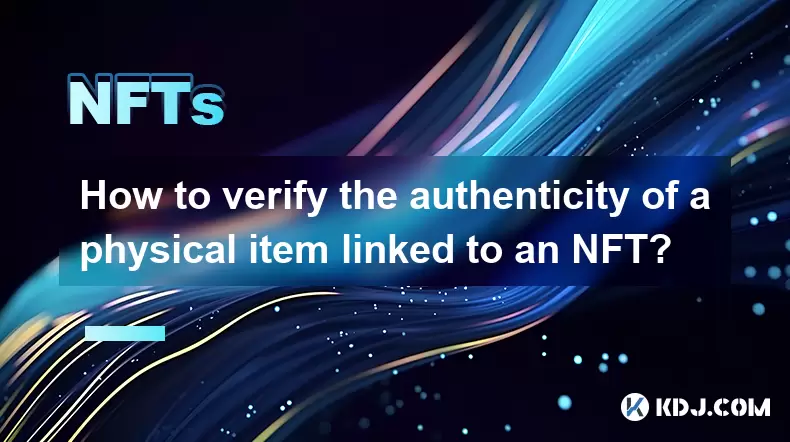
How to verify the authenticity of a physical item linked to an NFT?
Jul 18,2025 at 03:07pm
Understanding the Link Between NFTs and Physical ItemsWhen an NFT is linked to a physical item, it essentially acts as a digital certificate of owners...

What are the tax implications of gifting an NFT?
Jul 19,2025 at 04:21am
Understanding the Basics of NFT GiftingGifting a Non-Fungible Token (NFT) involves transferring ownership from one individual to another without recei...

Can you trade NFTs on your phone?
Jul 18,2025 at 04:29am
Trading NFTs on Mobile DevicesYes, you can trade NFTs on your phone, and the process has become increasingly streamlined thanks to a variety of mobile...

How to find out about upcoming NFT mints?
Jul 18,2025 at 11:50am
Exploring NFT Minting OpportunitiesUnderstanding the landscape of upcoming NFT mints is crucial for collectors, investors, and creators who wish to st...

What is the environmental impact of Proof-of-Stake NFTs?
Jul 17,2025 at 07:14pm
Understanding the Basics of Proof-of-Stake NFTsProof-of-Stake (PoS) is a consensus mechanism used by blockchain networks to validate transactions and ...

Do you need to be an artist to make money with NFTs?
Jul 19,2025 at 06:35am
Understanding the Role of Art in NFTsThe non-fungible token (NFT) market has grown rapidly, offering various opportunities for creators and investors....

How to verify the authenticity of a physical item linked to an NFT?
Jul 18,2025 at 03:07pm
Understanding the Link Between NFTs and Physical ItemsWhen an NFT is linked to a physical item, it essentially acts as a digital certificate of owners...
See all articles

























































































